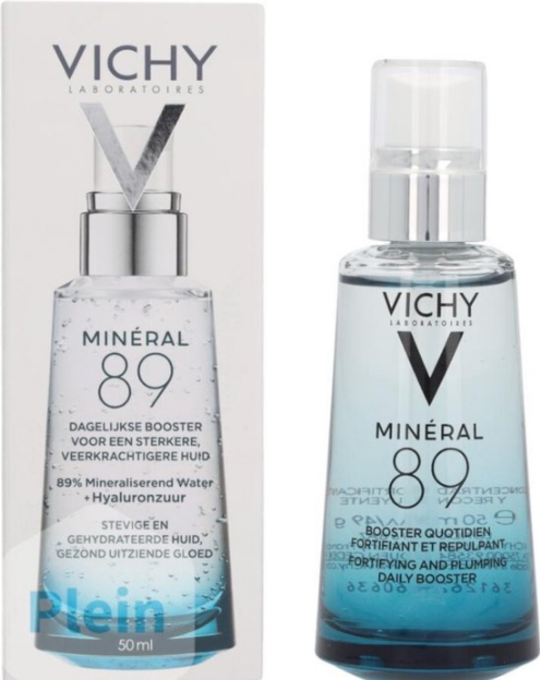If you follow this guide and consistently follow the tips that suit your skin type, your skin (and beard) is guaranteed to look healthier.
Content:- How your skin works
- What skin type do I have?
- The steps to optimal skin care
- Routine tailored to your skin type
- Tips
- Summary
Introduction
You are never too young or too old to embark on a proper men’s skin care routine or regimen.
Healthy skin contributes to your self-confidence and an optimal routine is important for the health of your skin in the long term.
You should also pay extra attention to protecting sensitive facial skin on sunny days. UV radiation has a drying effect on the skin and using a cream with added SPF factor is therefore necessary.
For men with a beard, skin care is important to keep the skin underneath in tip-top shape, because skin with a healthy moisture balance ensures optimal beard growth and a healthy glow.
Many men believe it is only necessary to adopt a good routine once problems arise. Unfortunately, it is usually too late by then.
That’s a shame, because it takes minimal effort to keep your skin healthy. A daily skin care routine is therefore also intended to solve problems before they happen.
“ Prevention is better than cure ”
The skin is the largest organ in the human body, and it is regularly heated, cooled, scraped and burned.
And just as you do strength training, eat healthy and get enough sleep to keep your organs healthy, your skin needs just as much attention.
In this guide we discuss the different skin types and how you can test which skin type you have. We also discuss the specific steps for optimal skin care, tailored to your skin type.
We also give you a short biology lesson on why the skin does or doesn’t respond well to certain things, and share a number of tips that you can apply today for healthier skin.
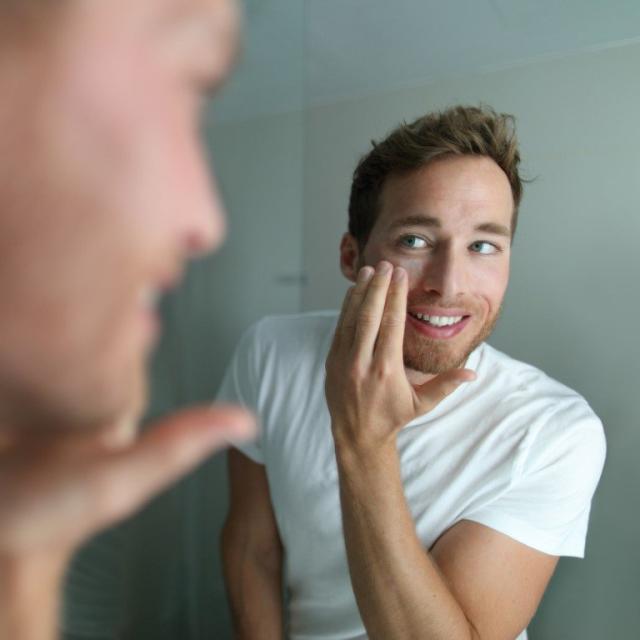
How the skin works
Your skin plays a major role in protecting against external factors. It ensures that your immune system does its job by fighting viruses and bacteria and regulates your body temperature, and it’s a sensitive organ that warns you of dangers.
The skin must therefore continuously repair itself. The outermost layer, the epidermis, is a thin, first layer of protection.
The function of this layer is to protect skin cells that will continuously renew throughout your life.
Dead skin cells also accumulate in this epidermis. Under the epidermis are the corium skin (dermis) and subcutis.
These two layers ensure the production of collagen and provide elasticity to your skin, among other things.
Melanocytes are also located in this layer, which provides protection against UV radiation. The dermis also contains the hair roots, nerves, sweat glands and blood vessels.
The blood vessels are responsible for the removal of toxins. This is an ongoing process, and together these organisms ensure the functioning of your skin.
That’s why it’s so important to take good care of all of your skin and especially the skin on your face.
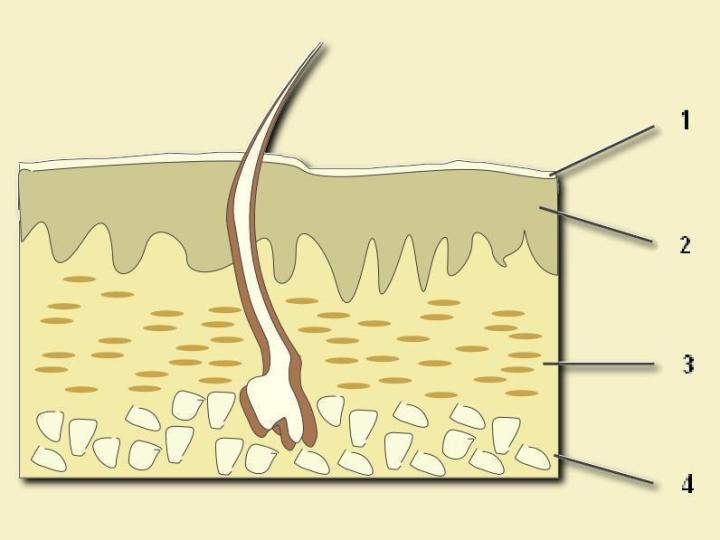
1 = epidermis, 2 = epidermis, 3 = dermis, 4 = subcutis
What skin type do I have?
There are four different skin types and most people have a combination of two types.
Once you know your facial skin type, you can use it to inform which products you buy.
The four skin types are:
- Normal skin
- Oily skin
- Dry and sensitive skin
- Combination of two skin types
Note: The products you use in your routine must be specifically tailored to your skin type. Cleansers, scrubs and moisturizers always come in several varieties, for every skin type. Make sure you don’t accidentally mix them up!
Which product is intended for which skin type is almost always stated on the packaging.
To determine your skin type, take a small test to make sure you choose the routine that suits you: Clean your face with soap-free cleanser at night before going to sleep and do not use any other creams or remedies.
The next morning, use a paper towel and press tightly against your forehead and nose.
You have:
Normal skin: if the cloth stays clean and your skin is not greasy. You have small pores and a firm skin with good elasticity. Your skin does not feel greasy during the day and is not sensitive after shaving (feels tight). You have virtually no problems with acne and pimples.
Oily skin: if the cloth has greasy patches and your nose and cheeks have a mild glow.
Oily skin is normally a bit firmer in structure and less sensitive to chemicals. The pores are medium to large, so you regularly suffer from blackheads.
The advantage of this skin type is that you are less likely to suffer from wrinkles. Your skin has a natural glow. You regularly suffer from acne, pimples and blackheads.
Possible causes of oily skin:
- Imbalanced hormones
- Humid climate
- Nutrition
- Genetic predisposition
Dry and sensitive skin: if the cloth stays dry, but your skin feels tight and sensitive. Your forehead and cheeks are flaky and your skin is thin and rough to the touch.
The small pores make it look like dry skin is smooth, but that makes it more prone to wrinkles.
Possible causes of dry and sensitive skin:
- The skin is dehydrated because the sebaceous glands do not send enough natural oils to the epidermis
- Genetic predisposition
- Lack of vitamin A and vitamin B
- Eczema
- Allergic reaction to a care product
- Overexposure to cold and dry weather, especially in winter
Combination of skin types. The T-zone on your face (see below) is oily, with the rest of your face (cheeks and jawline) being normal or dry. During the day the T-zone becomes extra greasy.
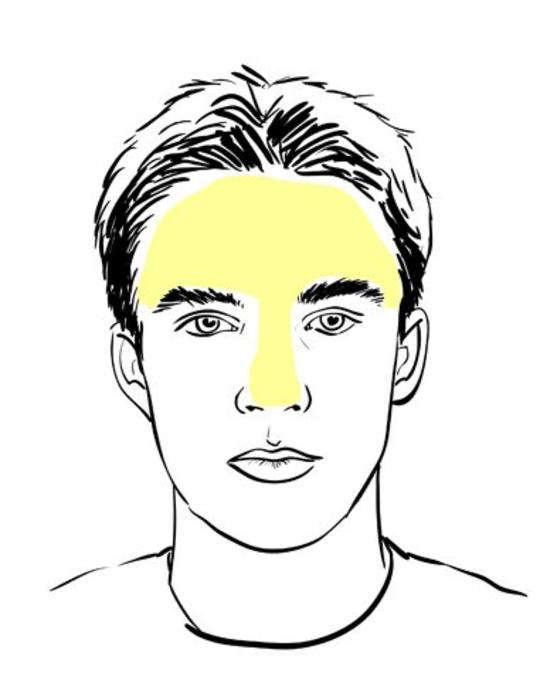
Aging. Your skin begins to show wrinkles and signs of aging.
This process is accelerated by overexposure to UV radiation without protection. Read more about this under the prevention section.
Your skin type can change depending on stress, age and the season.
The steps to optimal skin care for men
Below you will find the different steps that feature in every skin care regime. You will apply these differently depending on your skin type (see below for the routine per skin type).
Note: always use cleansers, scrubs, etc. that are specially intended for your skin type. Which product is intended for which skin type is almost always stated on the packaging.
The steps are:
- Cleansing
- Scrubbing
- Hydrating
1. Cleansing
Cleansing the skin is necessary because your skin removes waste products through the pores at night. During the day your skin is exposed to external waste such as particulate matter, exhaust fumes, etc.
How do I cleanse my skin?
- Before you start cleansing you need to open the pores. Do this by taking a hot shower or wetting your skin with warm water.
- Then rub the appropriate facial cleanser in circles on your face. Do this carefully, because the skin on your face is very sensitive.
- Then rinse the product with cool water. This will give you a fresh feeling and close the pores.
- Pat the skin dry, do not rub.
- After cleansing you should have a “clean” feeling.
- Note: if your skin feels tight, this is a sign of dry skin. This will eventually lead to excess sebum production (i.e. the skin’s repair mechanism will kick in).
Tips for cleansing:
- Don’t wash your face with regular soap. The ingredients are simply not suited to the tender facial skin.
- If you have oily skin, cleansing once a day is more than enough. If you cleanse more often, the sebaceous glands will produce excess oil, which results in oily skin.
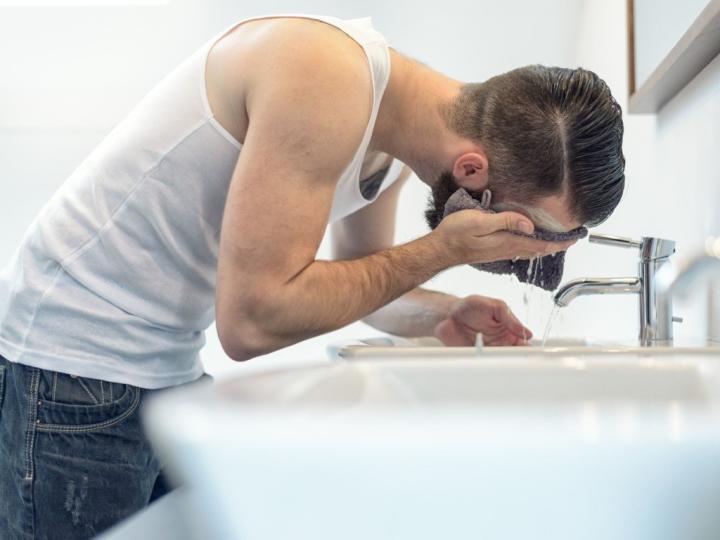
2. Scrubbing (or exfoliating)
Exfoliation removes dead skin cells, clearing the way for healthy ones. Dirt that is deeper in the pores is also removed by scrubbing, so that the pores can “breathe” better, which ultimately ensures less subcutaneous inflammation (pimples).
→ Read more: The best face scrub for men
How do I exfoliate my skin?
- As with cleansing, exfoliating works best when the pores are open. Do this by warming your face with warm water or a towel.
- Then gently rub the scrub over your face or the area you want to shave.
- Pay extra attention to your nose and forehead, as that’s where most of the dead skin cells and clogged pores are located.
- When you’re done, rinse the scrub with cool water and pat your face dry (don’t rub!).
- Exfoliating should be done in moderation, ideally no more than three times a week and definitely no more than once a day (see below for the best routine for your skin type).
Exfoliating Tips
- Exfoliate before shaving. Hair has a tendency to grow in and cause inflammation. Exfoliating before shaving reduces the chance of this happening and provides a finer shave.
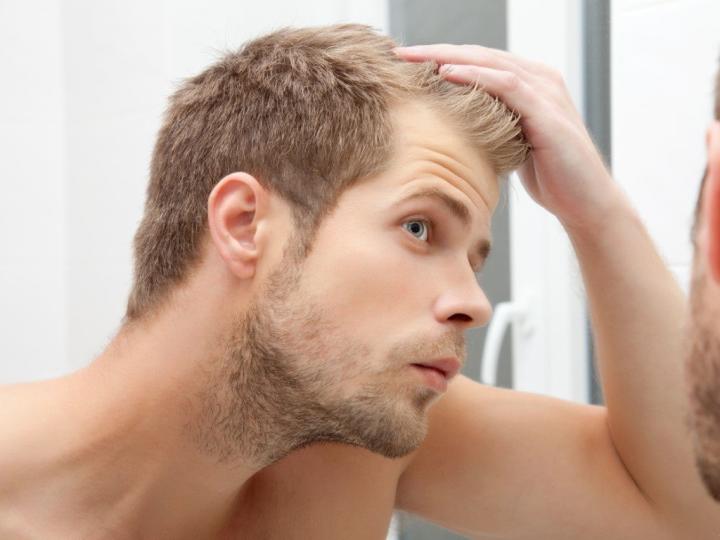
3. Hydrating (or moisturizing)
Hydrating the skin means applying a moisturizing cream so that your face is well protected against drying out throughout the day.
Keeping the skin hydrated in the long term gives you stronger skin and elasticity and even delays aging skin (even if this is mainly genetic).
As you get older you produce less collagen (connective tissue in the body), so your skin cells retain less moisture.
That’s why starting moisturizing early is one of the most important steps to good skin care.
How do I moisturize my skin?
- Apply the moisturizing cream or day cream after washing or scrubbing and once your face is dry (by dabbing).
- Apply product to your entire face (nose, T-zone, cheeks, jawline, forehead) and neck. Note: the skin under your eyes (the “circles”) is very delicate, so handle it with care.
- You only need a moderate amount of cream, even if it absorbs quickly.
- Make sure that you use the same amount of cream everywhere.
- Give the cream time to absorb properly.
Tips for moisturizing
- If you have oily skin. Men with oily skin need to hydrate often so that the sebaceous glands don’t try to overtake and make your skin even oilier.
- If you notice your skin getting drier at the end of the day, you can reapply the cream.
Men’s skin care on sunny days
UV radiation is both your best friend and greatest enemy. A “healthy” tan is the goal for many, but UV radiation is the number 1 cause of aging skin.
That’s because UV radiation dries out the skin. So if you do want to get a tan, don’t be too eager and take a slow approach instead of trying to color your skin significantly within a few days.
In addition to the above three steps (cleaning, exfoliating and moisturizing), you can also use a moisturizing cream with added SPF on sunny days.
What does SPF mean? SPF (Sun Protection Factor) stands for the period that you can be in the sun longer than if you do not use a cream with a certain SPF. So an SPF of 15 = 150 minutes longer in the sun. SPF works because of the ingredients in the cream that absorb UV rays. You should know that you can’t get 100% UV protection with a cream. So see it as a tool, not the be-all-and-end-all.
For periods longer than 30 minutes in the sun, you should use cream with at least SPF 15. Such creams contain chemicals, so you should always rinse sun cream thoroughly with water afterwards.
Dark circles? Use eye cream.
Dark circles are the result of a too-short night’s sleep. Under this thin skin under the eyes are small blood vessels, which make the flow of blood difficult.
Blood cells can therefore accumulate in the skin around these blood vessels (in the “circle”).
During sleep, your body tries to break down the blood cells using enzymes, which create the blue tint.
Dark circles decrease during the day because blood circulation is more active than during sleep.
Eye cream ingredients, usually caffeine, stimulate circulation and drainage, making the circles disappear faster.
Anti-aging cream / anti-wrinkle cream
There is no magic agent that counteracts the natural process of the skin, but you can keep your skin as healthy as possible as you age.
Try applying anti-wrinkle cream just before going to sleep because your body initiates recovery processes at night.
Routines tailored to your skin type
Different skin types need a different routine to keep the skin healthy. Consistency is important here, so try to stick to a routine once you’ve started. It is a slow process, but eventually you will see a noticeable difference and your skin will feel healthier.
Note: Every skin type has corresponding products that are made for its specific concerns, so make sure to use a cleanser formulated for dry skin, oily skin or aged skin.
The same goes for scrubs, night creams and moisturisers. Therefore, it’s important to know exactly what skin type you have before creating a skin care routine.
Skin care for normal skin
- Cleanse. Always in the morning, and depending on how long you are outside during the day, also in the evening before going to sleep (and before using night cream).
- Exfoliate. Twice a week, every three days.
- Hydrate. Use a water-based cream when your skin feels tight after prolonged sun exposure.
- Extra. Use a face mask regularly for deep cleansing the pores.
Skin care for oily skin
- Cleanse. With a cleanser that contains AHAs (Alpha Hydroxy Acids). These acids counteract oiliness.
- Exfoliate. Three times a week to unclog clogged pores.
- Hydrate. Only in the morning. Let the skin breathe naturally at night.
- Extra. Use clay or fruit-based masks regularly to nourish the skin.
Skin care for dry and sensitive skin
- Cleanse. With a cleansing milk or mild, soap-free facial cleanser.
- Exfoliate. Twice a week with a light scrub.
- Hydrate. With a moisturizing day cream. If necessary, use moisturizing eye cream for under the eyes.
- Extra. Use moisturizing masks that contain protein.
Skin care for combination skin
- Cleansing. With a special facial cleanser for combination skin.
- Exfoliate. Three times a week to unclog clogged pores.
- Hydrate. With a soft cream in the morning and with a regular oil or gel before going to sleep.
- Extra. Clay masks help moisturize and nourish.
Skin care for acne-prone skin
Unfortunately, we cannot give you any advice in this area because we do not know to what extent you suffer from acne. This can vary dramatically from person to person.
You should discuss this with your doctor who will then refer you to a dermatologist. What we can tell you is that most miracle remedies are too good to be true.
A good diet, an active lifestyle and balanced hormones are the best things to focus on right now.
Skin care tips for men
Regardless of whether you are currently following a daily skin care routine or not, you can start applying these tips right now to improve the health of your skin.
- Avoid soap formulated with parabens (wiki: https://nl.wikipedia.org/wiki/Parabeen) and switch to a decent cleanser. Soap is bad for the skin and contains harmful chemicals.
- Masks. Masks provide an extra deep cleansing of the pores and remove excess oil and dead skin cells.
- Remove sunscreen before going to sleep, as the chemicals in them can cause irritation.
- Try to touch your face as little as possible during the day to avoid passing on dirt and grease from your fingertips.
- Drink enough water: at least two liters per day, excluding intake during exercise. Water removes waste and toxins and cleans the skin, literally.
- Use lip balm if you’re prone to dry lips.

History of skin care
Healthy skin has been a human pursuit since ancient times. Romans had a fondness for the bath, in which they indulged themselves in oils and flowers for extended periods in the hopes of developing radiant skin.
The oil was used to massage the skin and stimulate blood circulation. The Egyptians are also known for using Kohl, a mixture of almonds, copper and ash to accentuate their eyes.
A few thousand years ago, the first skin care rituals and “products” began to emerge.
Natural ingredients such as olive oil, sesame seeds and flower petals were used to manufacture aromatic creams, which people believed would help combat skin aging.
The desire for a healthy appearance is therefore deeply rooted, and today, the skin care industry is booming — so much so that in 2008, during the financial crisis, sales in this market actually increased while the rest of the economy was struggling.
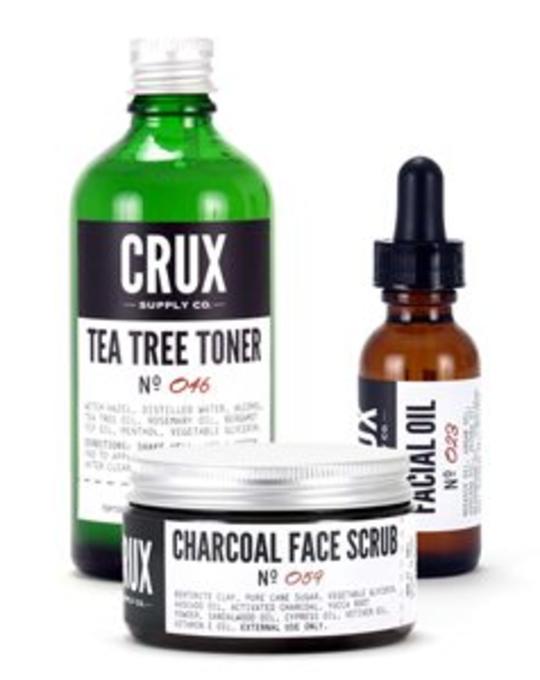
Summary
The skin is a living organism that needs healthy nutrition to stay healthy and vitalized.
But since we are now exposed to external factors that human skin doesn’t take to well, it makes sense to include skin care in your daily routine.
Good skin care isn’t complicated, but it does require consistency to really experience its long-term benefits.
Before starting a regimen, you should know what skin type you have, so that you can buy the products that suit you best. Every routine should include cleansing, exfoliating, moisturizing and prevention.
You should also think about drinking enough water, staying active to promote blood circulation and eating a balanced diet.
Hopefully this guide has given you new insights and convinced you to adopt a skin care regimen. It’s never too late!
Good luck!
Best skin care for men
Now that you know how the skin works and what your skin type is, you can start a healthy routine.
The brands below’s products are formulated using high-quality ingredients and are considered the best per skin type.
Best face wash all round (all skin types)
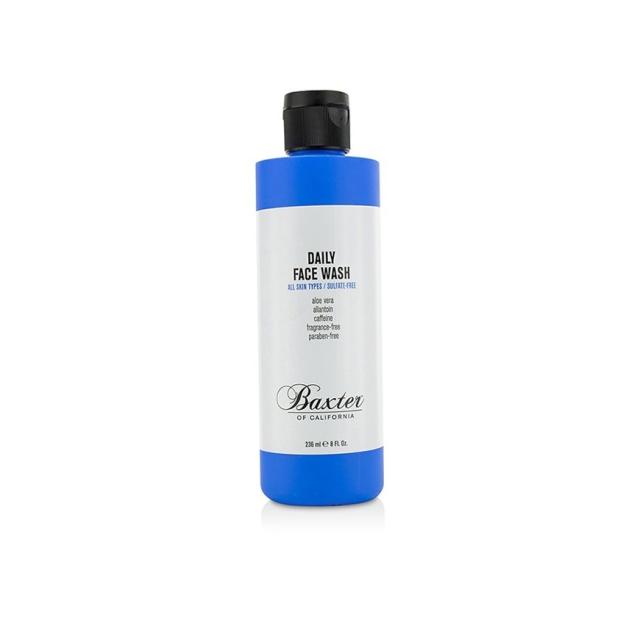
Best face wash for sensitive men’s skin
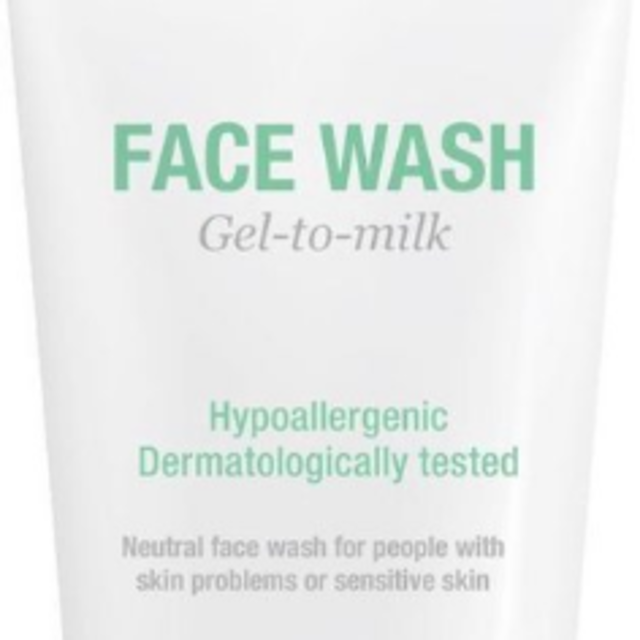
Best face cream for oily skin
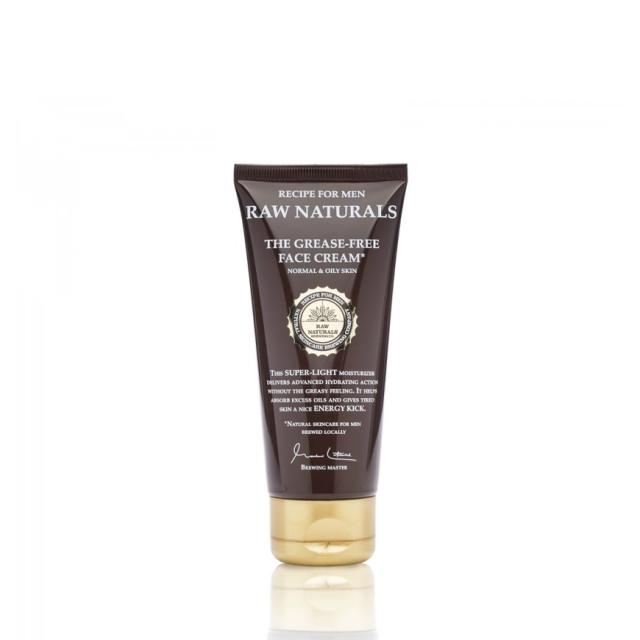
Best anti-aging face cream
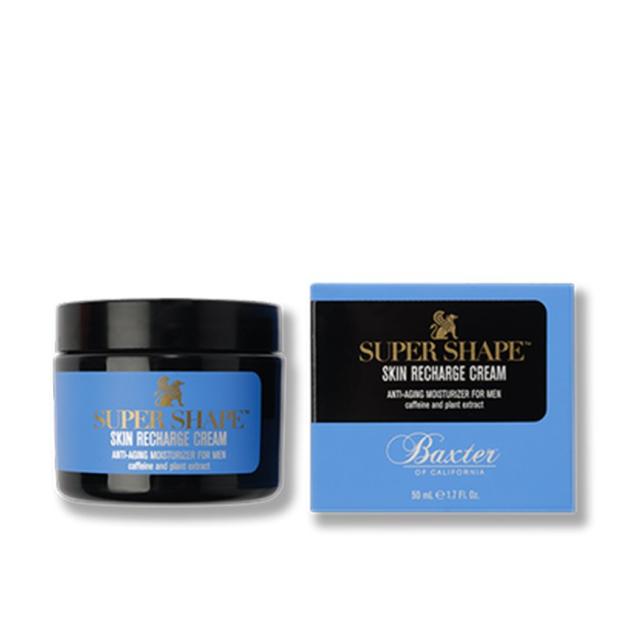
Best serum for healthy skin
